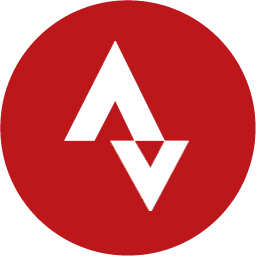You've just purchased a bicycle. So you are looking for the perfect cycling gear. After discovering how to choose a bike helmet, you're probably wondering how to fit a bike helmet? Here's our guide to riding safely.
Why do you need to wear a bicycle helmet?
According to the Highway Code, helmet use is mandatory for children up to the age of 12 when riding a bicycle, whether as a rider or a passenger. But, it is recommended that you continue to wear a bicycle helmet throughout your life, whether you are shopping, commuting to work, riding, or cycling recreationally or competitively, whether it is road cycling or mountain biking.
In fact, according to a study conducted by Road Safety, head impact injuries are the leading cause of death among cyclists.
Why you should wear a properly fitting helmet.
For a helmet to protect you effectively, it must fit properly or it may move around on your head and not fulfill its protective role. And for a helmet to fit perfectly, it starts with buying a helmet that fits.
To choose a helmet that fits, you'll need to arm yourself with a flexible tape measure (or tape measure) and measure your head circumference by placing it above your ears, above your eyebrows, and at the most bulging level behind your skull. Once you've taken this measurement, refer to the size guide for the brand of helmet you wish to purchase and choose the corresponding helmet size: most models come in two or three sizes. This is also the case for a child's bike helmet to fit both a baby and a teenager.
How to adjust a bike helmet
Once you've purchased your bike helmet, you'll need to fit it properly so that it fits your head perfectly.
To do this, start by completely loosening the adjustment knob that is located on the back of your helmet and then position your helmet on your head. Since the helmet must protect your forehead, it must be positioned to arrive about two fingers above your eyebrows: if it is too high, your forehead will not be protected in the event of a frontal impact; if it is too low, it will obstruct your vision and could cause you to fall. Also, it should be placed well horizontally on your forehead.
Once the helmet is properly positioned, start tightening the rear adjustment knob until your helmet doesn't move anymore, without being too tight (it could give you a headache). Once this adjustment is made, without your helmet strapped on, you should be able to nod your head up and down and back and forth without the helmet moving. Some helmets also offer the option of a vertical occipital adjustment to perfectly fit the shape of your skull.
Once the helmet is properly positioned on your head and the adjustment knob tightened, you still need to adjust the straps, which should lie flat on your skull (make sure they are not twisted over your ears). The goal is to adjust their lengths so that they form a Y under your ears, without the straps touching your ears. To adjust them, loosen the fastener of the strap you want to adjust and adjust the length of the strap until you get the perfect length and then close it. Repeat on the other side.
Once you have found the right length of the straps, you have one last adjustment to make. To do this, you can now buckle the closure system of your helmet. The strap should go under your jaw, near your throat. And the buckle should not be positioned on the tip of your chin.
Once your helmet buckle is closed, you should be able to fit two fingers between your helmet strap and your chin. If there is too much space, tighten that strap. If there is not enough space, loosen the strap until you can fit two fingers in the space. Once you have the right length, don't forget to pass the strap through the retainer so that the chin strap doesn't get out of place. If the strap is really long, you can cut some of it off, while remembering to leave at least 25mm from the buckle so you can adjust it in the future.
Close the buckle on your helmet again. To be sure it is locked, you should hear a click. Pull lightly on both sides: if the system is closed properly, the buckle should not open and remain securely fastened. Once this final check is complete, you are ready to ride your bike.






